Home>Gardening & Outdoor>Landscaping Ideas>How To Clean Grass Clippings After Mowing
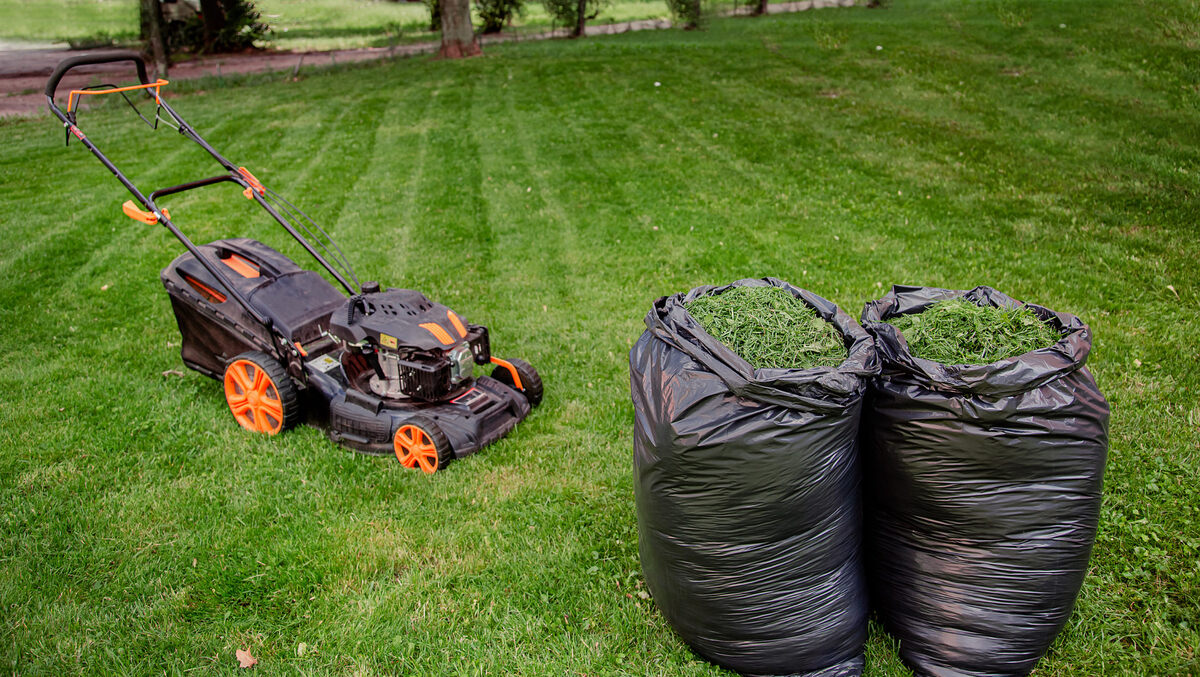

Landscaping Ideas
How To Clean Grass Clippings After Mowing
Modified: February 18, 2024
Learn effective landscaping ideas for cleaning up grass clippings after mowing. Discover efficient methods to maintain a tidy lawn.
(Many of the links in this article redirect to a specific reviewed product. Your purchase of these products through affiliate links helps to generate commission for Storables.com, at no extra cost. Learn more)
Introduction
Maintaining a lush, green lawn is a source of pride for many homeowners. Regular mowing is a crucial aspect of lawn care, but the process doesn't end there. After mowing, it's essential to address the grass clippings left behind. Properly cleaning up grass clippings not only enhances the aesthetic appeal of your lawn but also promotes its overall health and vitality.
In this comprehensive guide, we will delve into the importance of cleaning grass clippings, the tools and equipment needed for efficient cleanup, and a step-by-step walkthrough to streamline this essential post-mowing task. Additionally, we will share valuable tips to ensure that your grass clipping cleanup efforts yield optimal results.
So, grab your gardening gloves and let's embark on a journey to discover the art of cleaning grass clippings after mowing, elevating your lawn care regimen to new heights.
Key Takeaways:
- Cleaning up grass clippings after mowing is crucial for a healthy lawn. It recycles nutrients, prevents diseases, enhances aesthetics, and reduces weed growth, contributing to a vibrant and resilient outdoor space.
- To efficiently clean grass clippings, use the right tools, mow strategically, and follow proper disposal methods. Regular maintenance, adjusting mowing height, and embracing the process with pride are essential for a well-groomed lawn.
Importance of Cleaning Grass Clippings
Grass clippings may seem innocuous, but their impact on your lawn goes beyond mere aesthetics. Understanding the significance of cleaning up these clippings is essential for maintaining a healthy and vibrant lawn.
1. Nutrient Recycling: Contrary to popular belief, grass clippings are not waste; they are a valuable source of nutrients. When left on the lawn, the clippings decompose and return essential nutrients, such as nitrogen, back to the soil. This natural process, known as nutrient recycling, helps nourish the grass, promoting healthier growth and reducing the need for synthetic fertilizers.
2. Disease Prevention: Excessive accumulation of grass clippings can create a dense layer that impedes airflow and sunlight, creating a favorable environment for fungal diseases to thrive. By promptly removing the clippings, you can mitigate the risk of disease development and safeguard the overall well-being of your lawn.
3. Aesthetic Appeal: A neatly manicured lawn exudes charm and elegance. Stray grass clippings scattered across the yard detract from this visual appeal. Thoroughly cleaning up the clippings after mowing ensures a pristine and well-groomed appearance, enhancing the overall beauty of your outdoor space.
4. Weed Prevention: Decomposing grass clippings can contribute to thatch buildup, a dense layer of organic debris that harbors weed seeds and impedes the penetration of water and nutrients into the soil. Regular removal of grass clippings minimizes thatch accumulation, reducing the likelihood of weed infestations and promoting a healthier lawn ecosystem.
By recognizing the multifaceted impact of cleaning grass clippings, you can appreciate the vital role this post-mowing task plays in preserving the health, beauty, and resilience of your lawn.
Tools and Equipment Needed
Efficiently cleaning up grass clippings after mowing requires the right tools and equipment. Equipping yourself with the following items will streamline the cleanup process, ensuring that your lawn remains pristine and well-maintained.
- Lawn Mower: A reliable lawn mower equipped with a grass collection bag or mulching capabilities is the cornerstone of effective grass clipping cleanup. Ensure that your mower is in good working condition before embarking on the mowing and cleanup process.
- Rake or Leaf Blower: A sturdy rake or a high-powered leaf blower is indispensable for gathering and corralling grass clippings. Choose a tool that aligns with your personal preference and the size of your lawn for optimal efficiency.
- Collection Bags or Bins: Depending on the volume of clippings, you may need durable collection bags or bins to contain and transport the gathered grass clippings for disposal or composting.
- Gloves: Investing in a pair of durable, waterproof gloves is essential for protecting your hands during the cleanup process. Opt for gloves that offer a good grip and dexterity to facilitate efficient handling of clippings.
- Compost Bin (Optional): If you practice composting, having a designated compost bin for organic materials, including grass clippings, allows you to harness their nutrient-rich properties while minimizing waste.
- Trash Bags or Containers: For non-compostable clippings or debris, sturdy trash bags or containers are necessary for proper disposal, keeping your lawn and outdoor space free of unsightly clutter.
By assembling these essential tools and equipment, you can embark on your grass clipping cleanup with confidence, knowing that you have everything you need to achieve a tidy and well-groomed lawn.
After mowing, use a rake to gather the grass clippings into a pile. Then, use a leaf blower or a lawn vacuum to collect and dispose of the clippings.
Step-by-Step Guide to Cleaning Grass Clippings
Cleaning up grass clippings after mowing is a systematic process that, when executed diligently, yields a pristine and healthy lawn. Follow these step-by-step guidelines to streamline your grass clipping cleanup endeavors:
- Mow Strategically: Begin by mowing your lawn in a strategic pattern, ensuring that the grass clippings are uniformly dispersed across the area. This facilitates a more even distribution of nutrients and minimizes the accumulation of clippings in concentrated areas.
- Wait for Dry Conditions: Aim to mow when the grass is dry to prevent clumping and facilitate easier collection of clippings. Wet grass clippings are heavier and tend to clump together, impeding the cleanup process.
- Use a Collection Bag or Mulching Feature: If your mower is equipped with a collection bag, attach it before mowing to gather the clippings as you mow. Alternatively, utilize the mulching feature on your mower to finely chop the clippings, allowing them to decompose more rapidly into the soil.
- Rake or Blow the Clippings: After mowing, use a rake or a leaf blower to gather the clippings into manageable piles. Work methodically across the lawn, ensuring that all clippings are corralled for efficient removal.
- Dispose or Compost: Depending on your preference and local regulations, dispose of the clippings in designated yard waste bins or compost them for future use as nutrient-rich organic matter. If composting, layer the clippings with other organic materials to facilitate decomposition.
- Clean and Store Equipment: After completing the cleanup, thoroughly clean your mower, rake, and any other tools used. Proper maintenance and storage of equipment prolong their lifespan and ensure optimal performance for future lawn care tasks.
By adhering to these systematic steps, you can transform the post-mowing chore of cleaning grass clippings into a streamlined and rewarding process, contributing to the overall health and beauty of your lawn.
Tips for Efficient Grass Clipping Cleanup
Maximizing the efficiency of your grass clipping cleanup not only saves time and effort but also yields superior results. Implement the following tips to elevate your cleanup endeavors and ensure a well-groomed and healthy lawn:
- Regular Maintenance: Mow your lawn frequently to prevent excessive grass growth, minimizing the volume of clippings generated during each mowing session.
- Adjust Mowing Height: Set your mower to an appropriate cutting height to avoid removing more than one-third of the grass blade length. This practice reduces the quantity of clippings and promotes healthier regrowth.
- Alternate Mowing Patterns: Vary your mowing direction with each session to prevent the formation of ruts and reduce the likelihood of clumping, facilitating easier cleanup.
- Utilize Mulching Benefits: If your mower offers mulching capabilities, consider using this feature to finely chop the clippings, allowing them to decompose rapidly and integrate back into the soil.
- Dry Grass Conditions: Whenever possible, mow your lawn when the grass is dry to minimize clumping and simplify the collection and disposal of clippings.
- Timely Cleanup: Avoid allowing grass clippings to accumulate excessively, as this can impede lawn health and necessitate more extensive cleanup efforts. Address clippings promptly after mowing.
- Proper Disposal: Adhere to local waste disposal regulations and guidelines when disposing of grass clippings. If composting, maintain a balanced mixture of organic materials to facilitate decomposition.
- Inspect for Debris: While gathering clippings, keep an eye out for any foreign debris, such as rocks or twigs, and remove them to prevent damage to your mower or potential hazards in the lawn.
- Maintain Equipment: Regularly inspect and maintain your lawn mower and cleanup tools to ensure optimal functionality and longevity, enhancing their performance during grass clipping cleanup.
- Appreciate the Process: Embrace grass clipping cleanup as an integral part of nurturing a vibrant and attractive lawn. Approach the task with a sense of pride and appreciation for the positive impact it has on your outdoor space.
By incorporating these tips into your lawn care routine, you can streamline the grass clipping cleanup process, fostering a well-maintained and visually appealing lawn that serves as a testament to your dedicated stewardship of your outdoor environment.
Read more: How To Pick Up Grass After Mowing
Conclusion
Embracing the art of cleaning grass clippings after mowing is a pivotal aspect of maintaining a thriving and picturesque lawn. By recognizing the multifaceted benefits of this post-mowing task and implementing efficient cleanup practices, you contribute to the overall health, beauty, and resilience of your outdoor space.
From nutrient recycling and disease prevention to weed control and aesthetic enhancement, the impact of cleaning grass clippings reverberates throughout your lawn, nurturing its vitality and visual appeal. Armed with the right tools, a systematic approach, and valuable tips, you can elevate your grass clipping cleanup endeavors, transforming them into a seamless and rewarding aspect of your lawn care regimen.
As you navigate the process of cleaning grass clippings, remember that each step you take contributes to the well-being of your lawn and the creation of a welcoming outdoor oasis. Embrace this essential post-mowing task with a sense of pride and appreciation for the positive transformation it brings to your outdoor environment.
So, the next time you embark on the rhythmic hum of the lawn mower, envision the subsequent cleanup as an opportunity to nurture and beautify your lawn, ensuring that each blade of grass stands tall and vibrant, unfettered by the remnants of the mowing process.
With these insights and a renewed appreciation for the art of cleaning grass clippings, you are poised to embark on your lawn care journey with confidence and a deep-rooted commitment to cultivating a verdant and captivating outdoor haven.
Frequently Asked Questions about How To Clean Grass Clippings After Mowing
Was this page helpful?
At Storables.com, we guarantee accurate and reliable information. Our content, validated by Expert Board Contributors, is crafted following stringent Editorial Policies. We're committed to providing you with well-researched, expert-backed insights for all your informational needs.
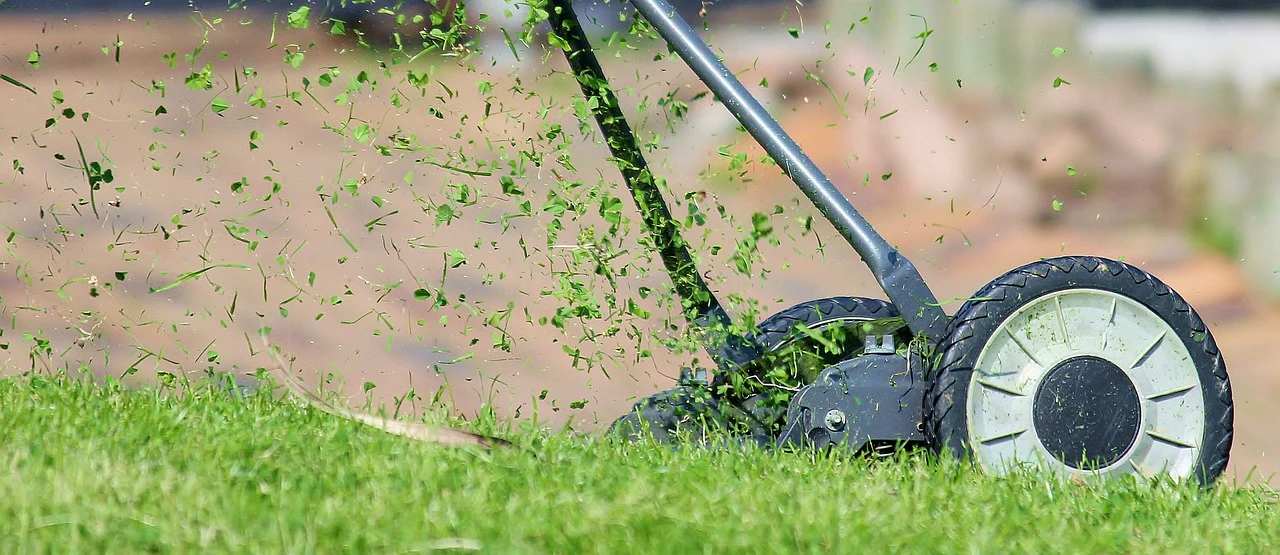
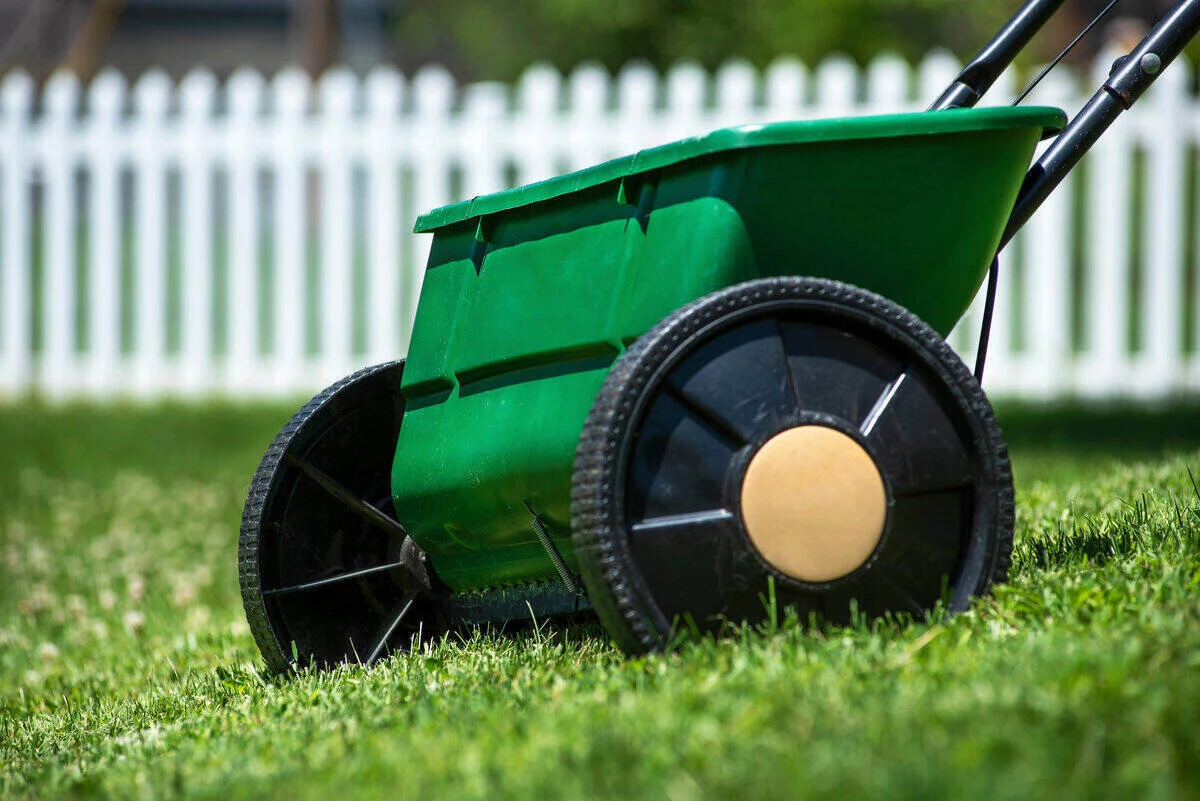
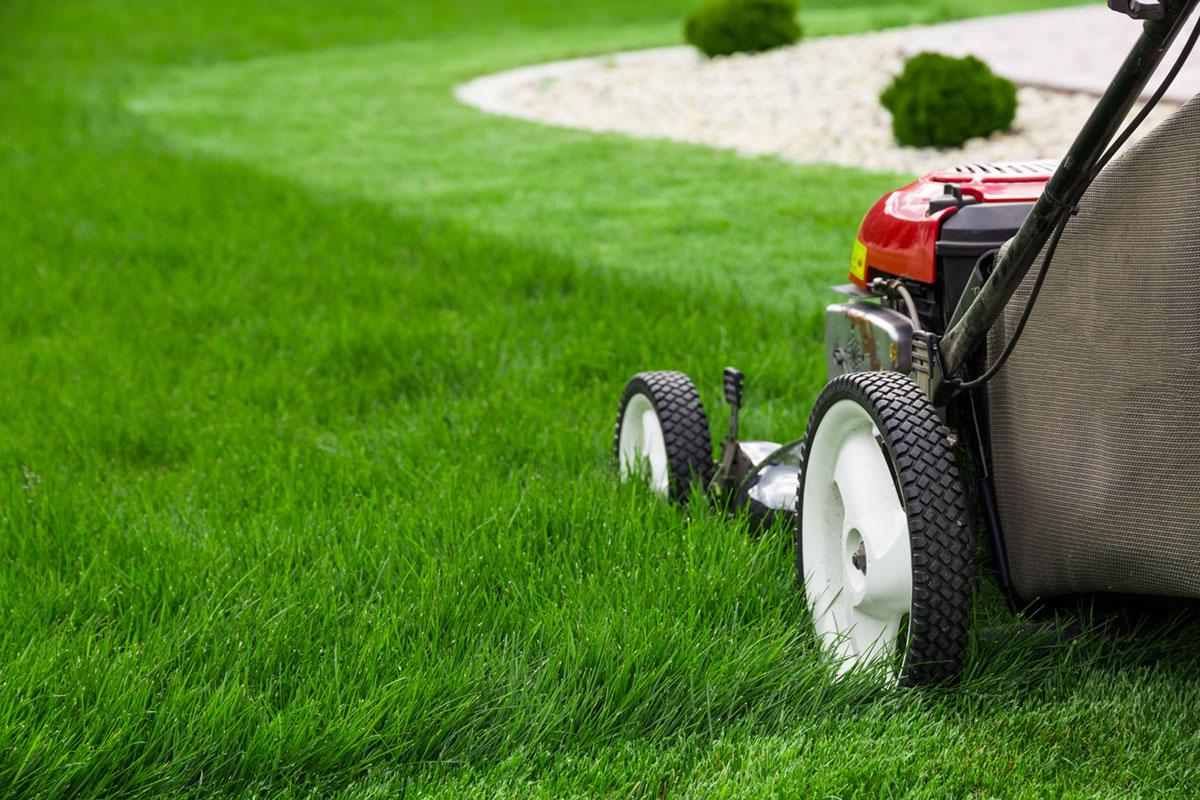
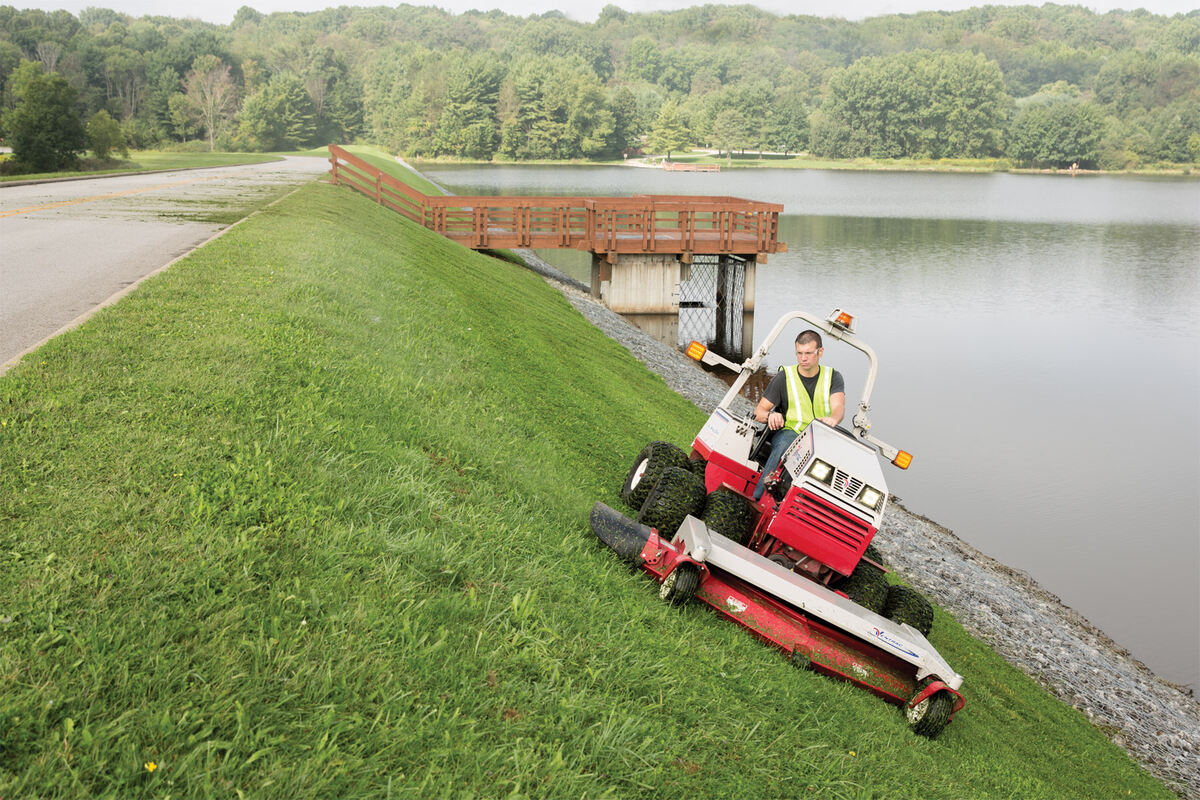
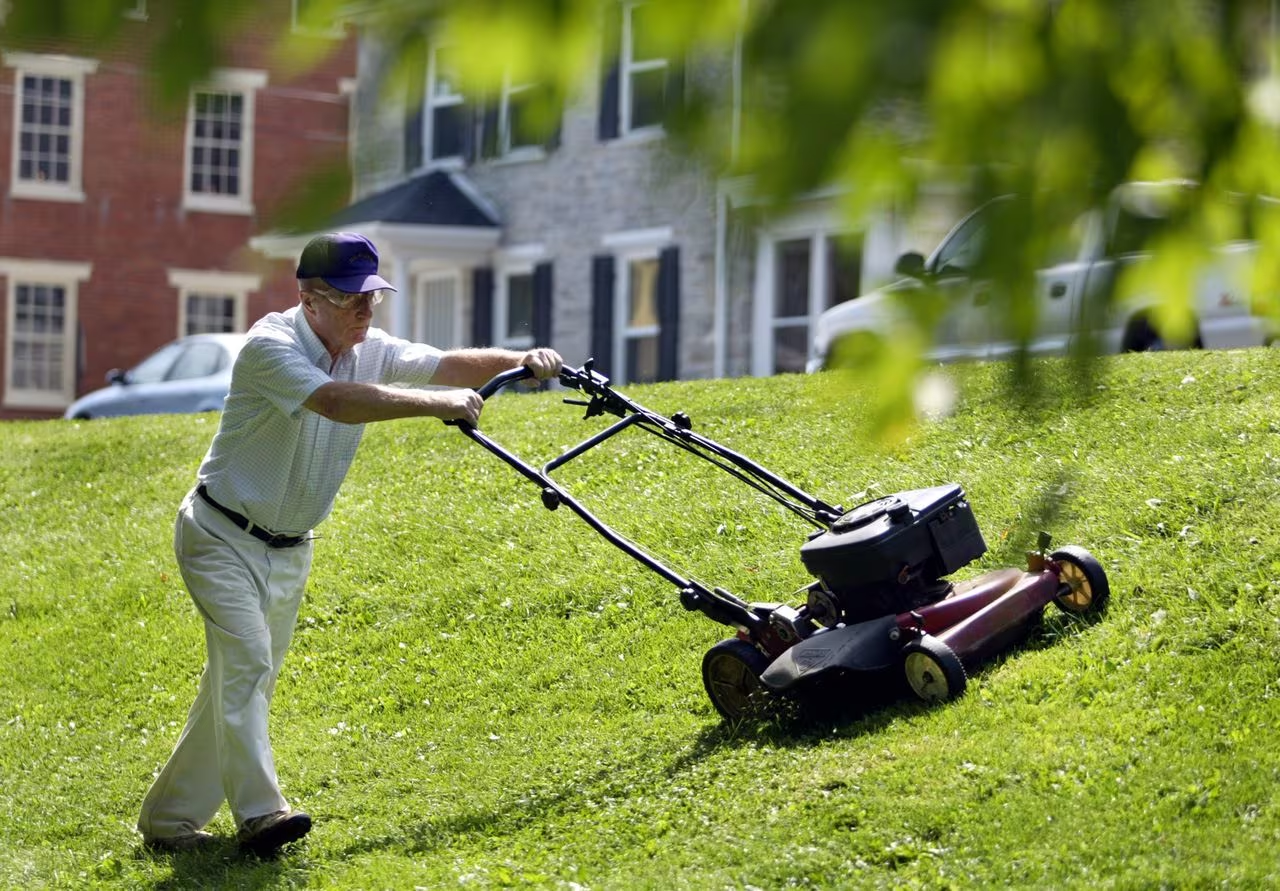
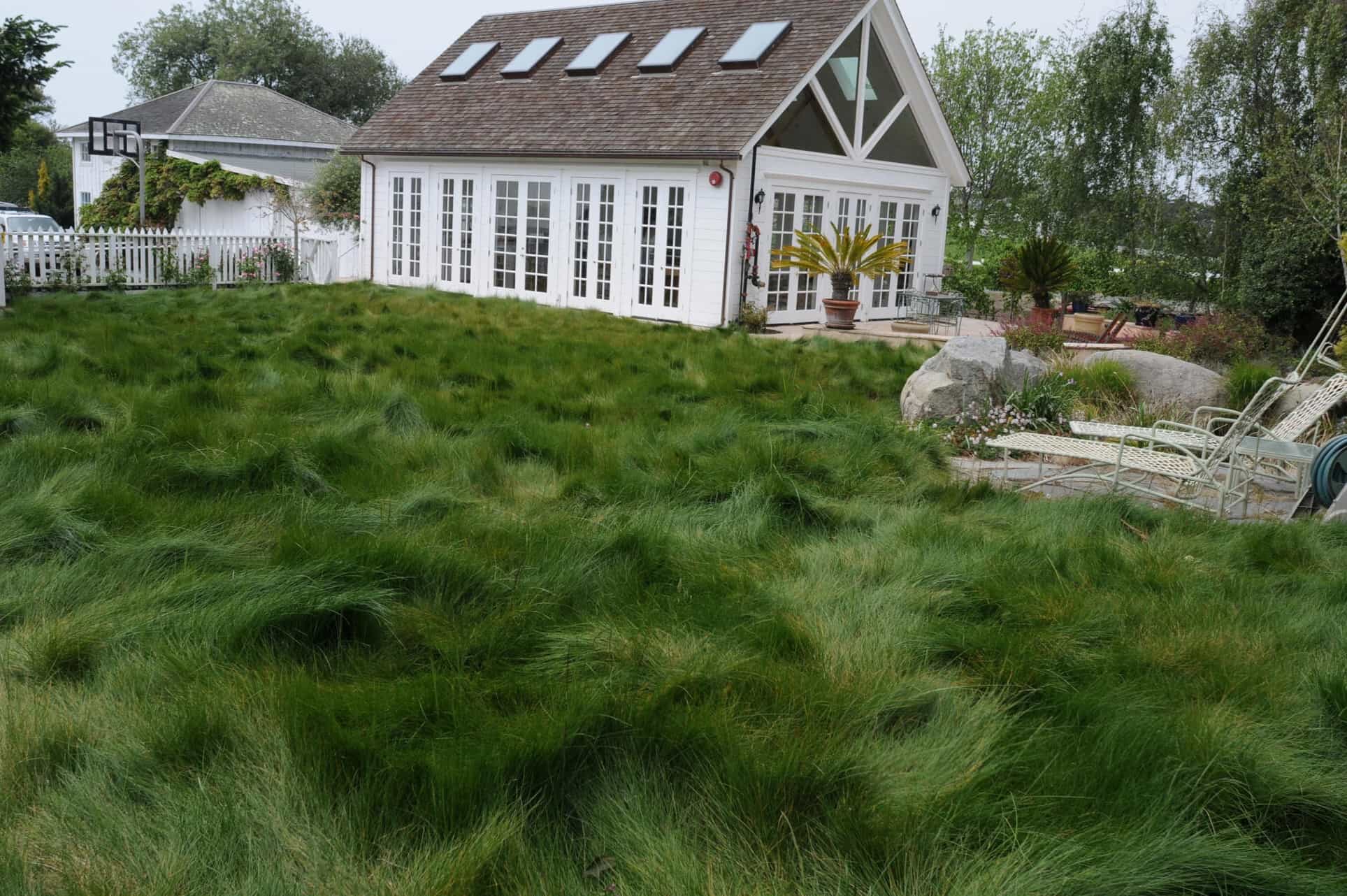
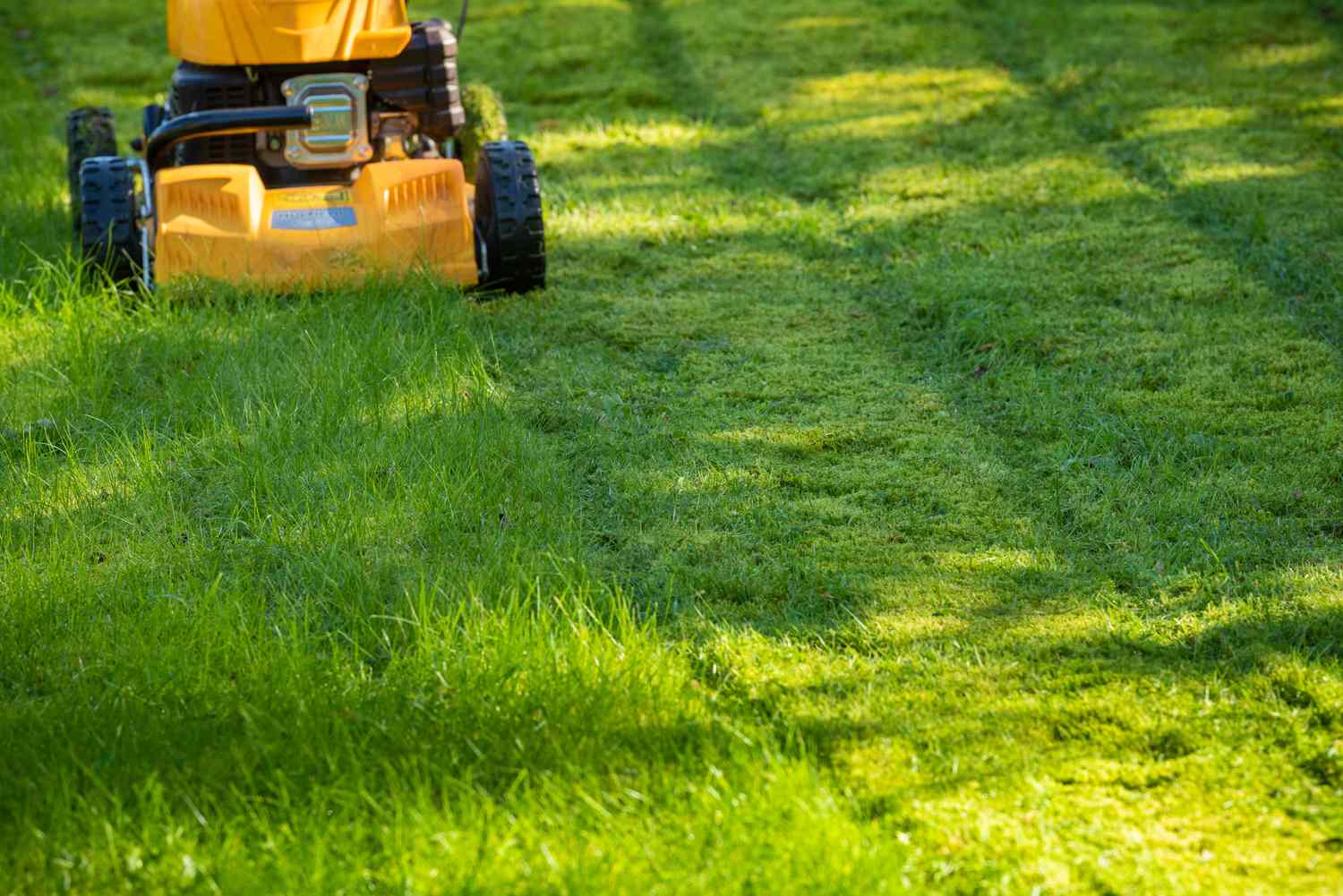
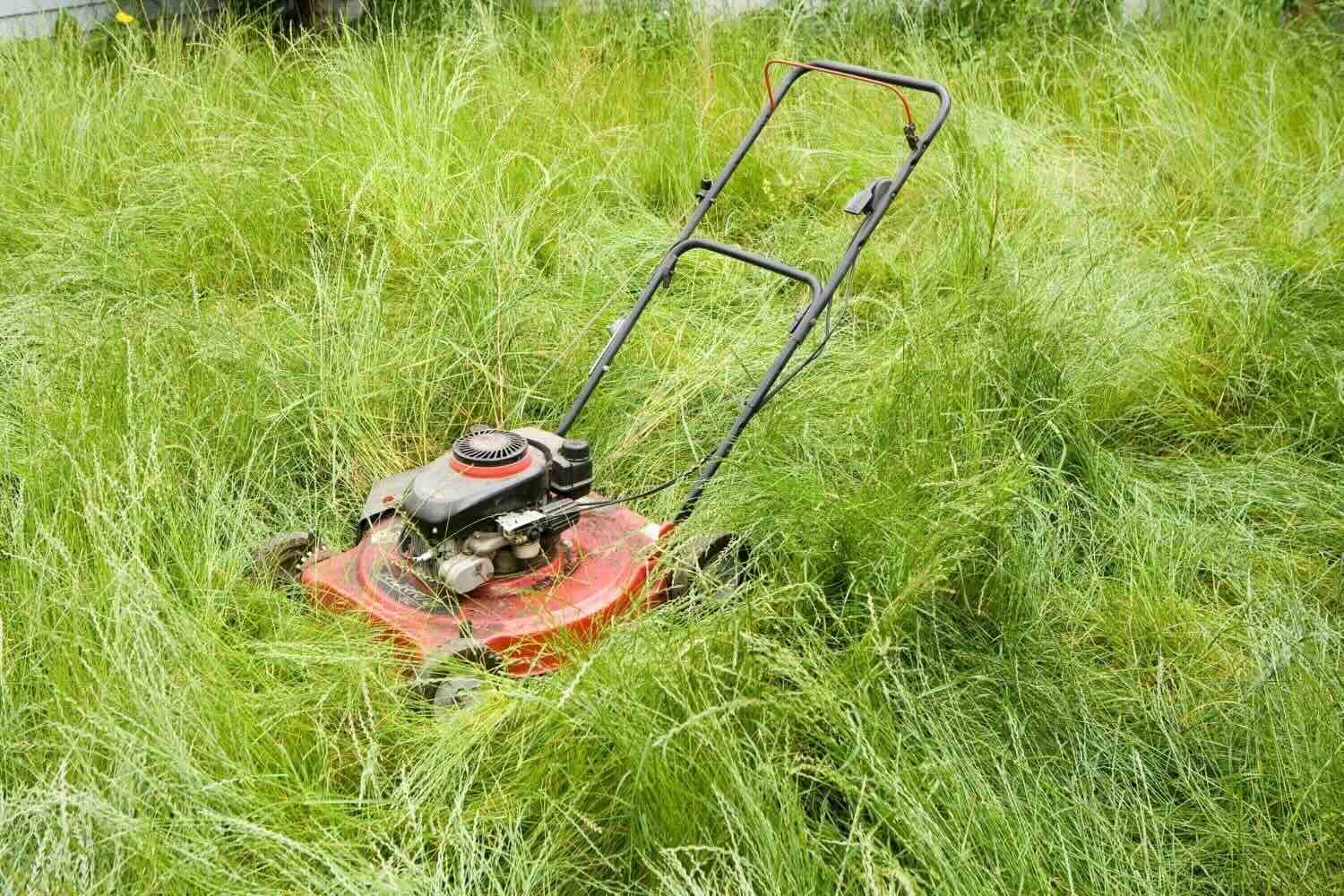
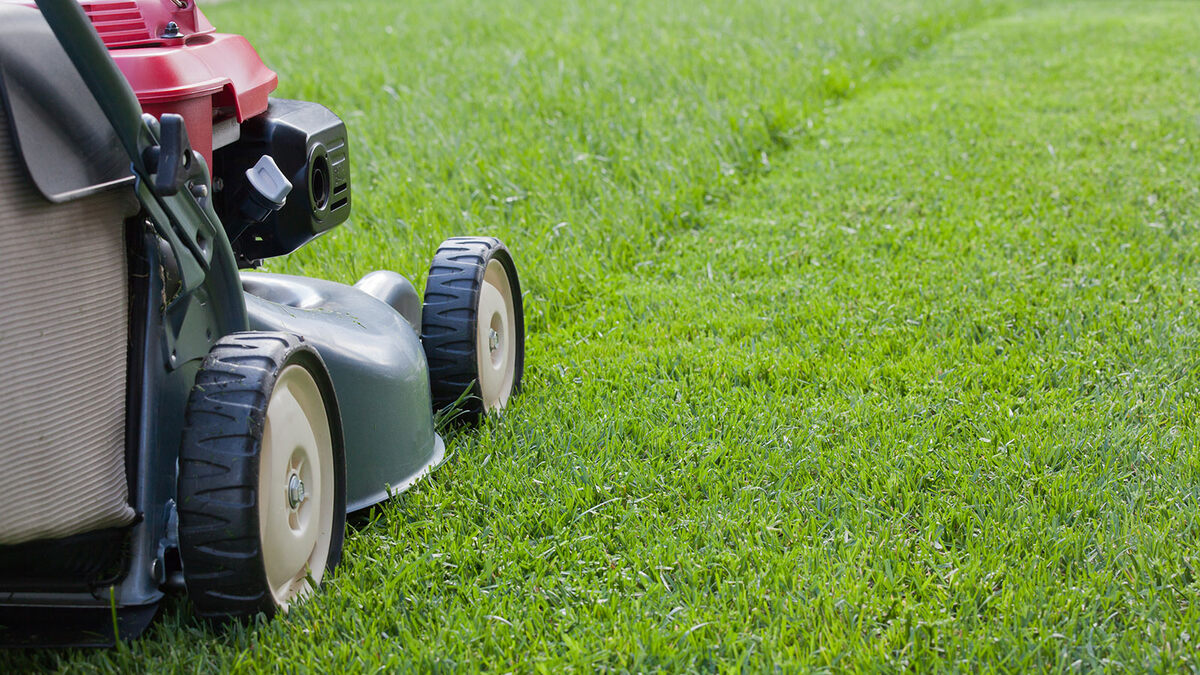
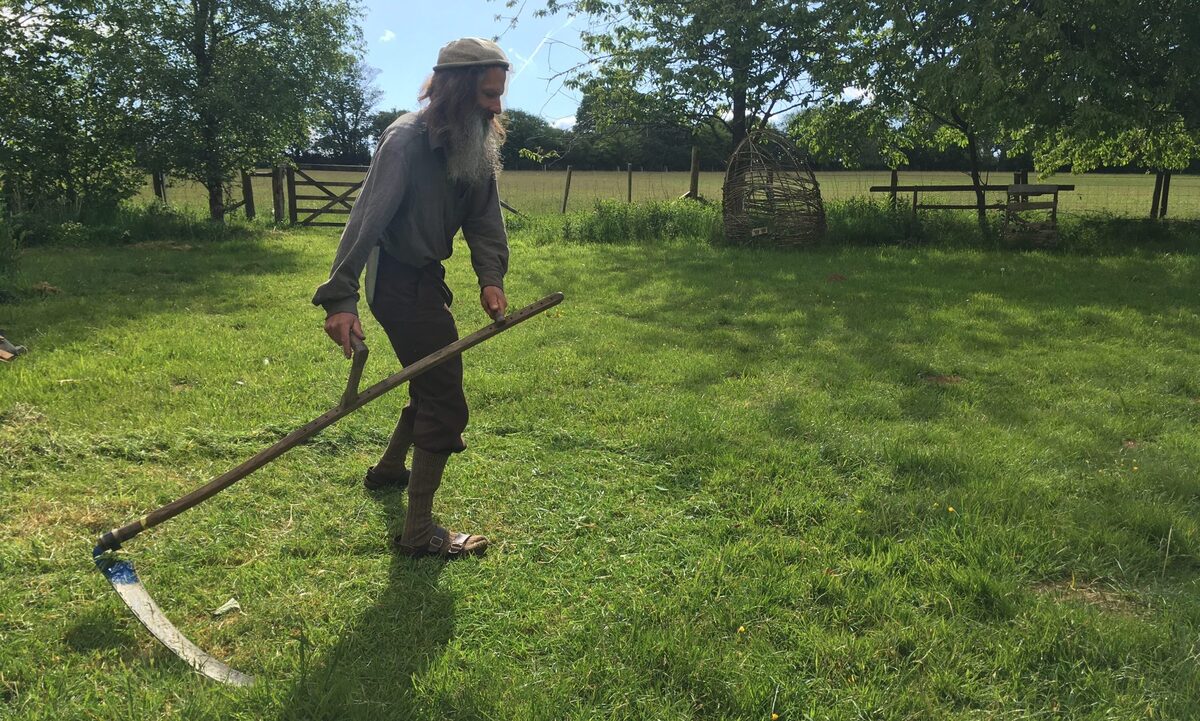
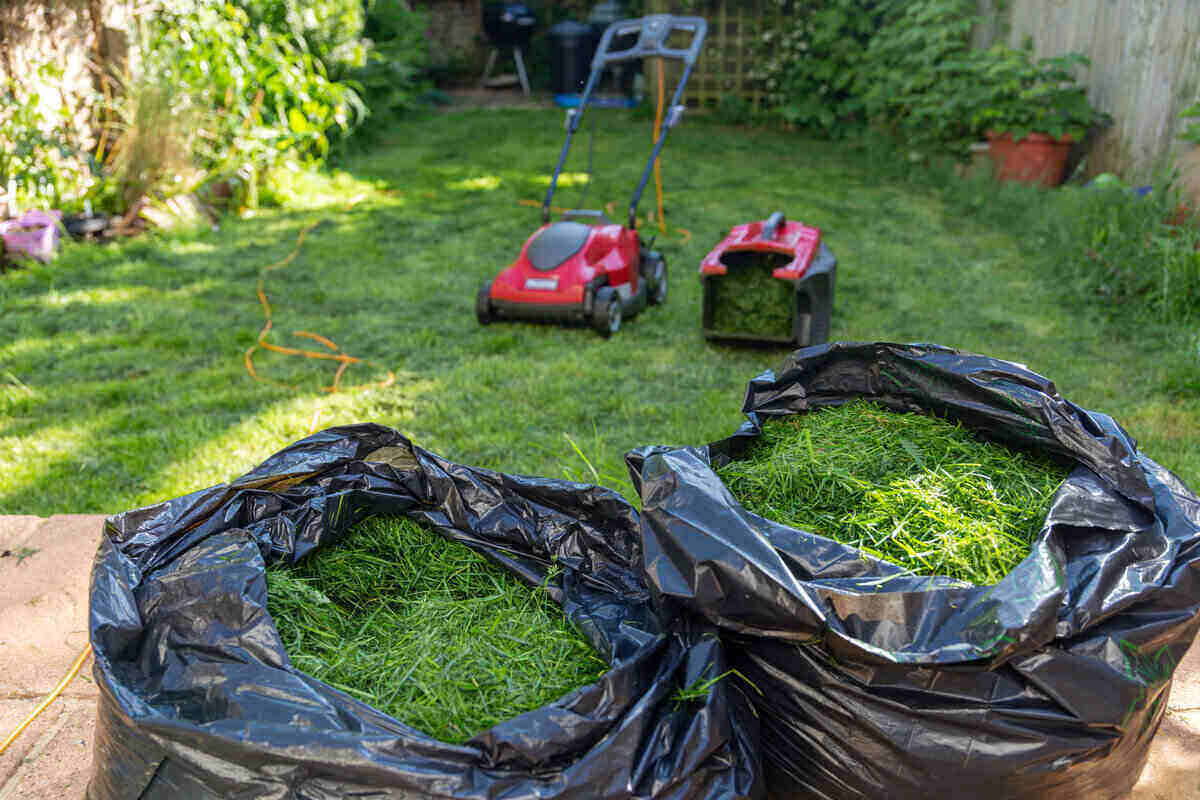
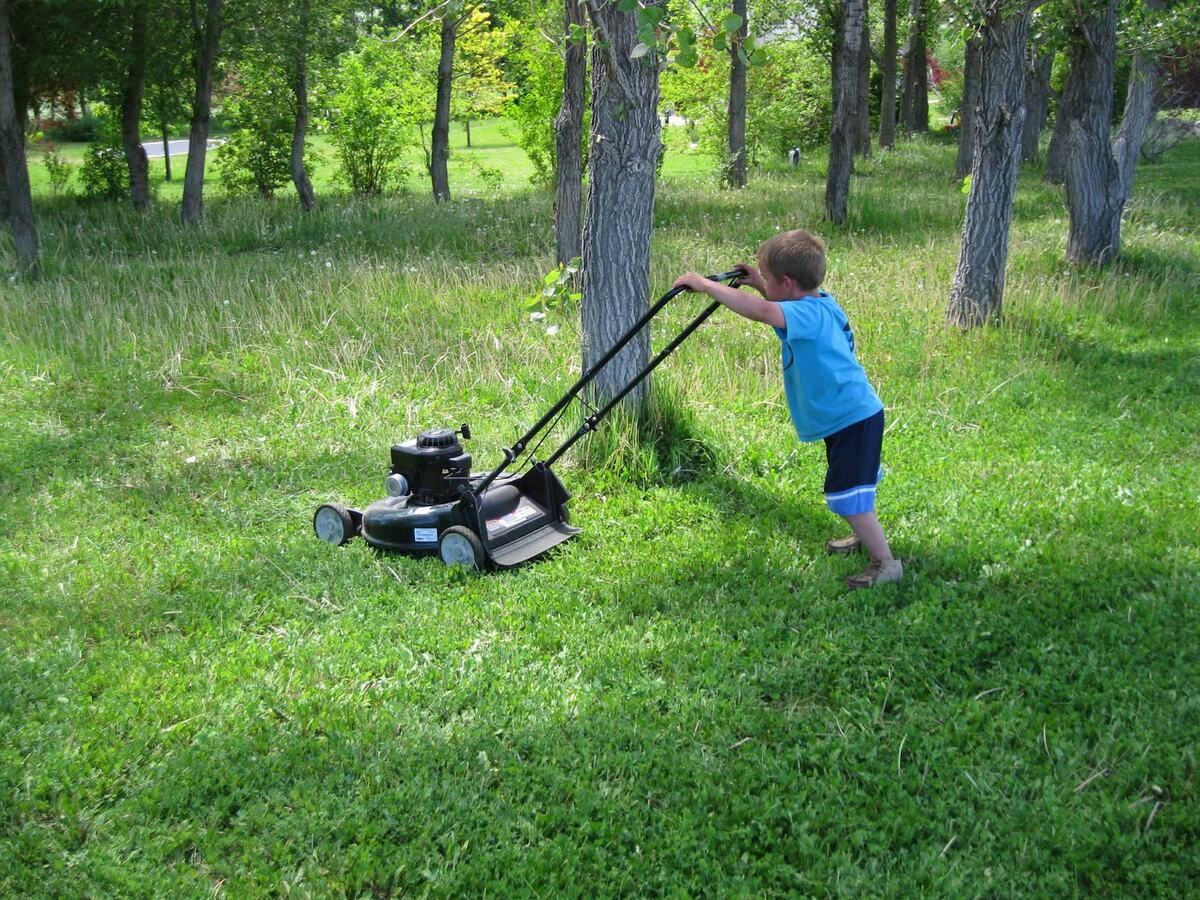
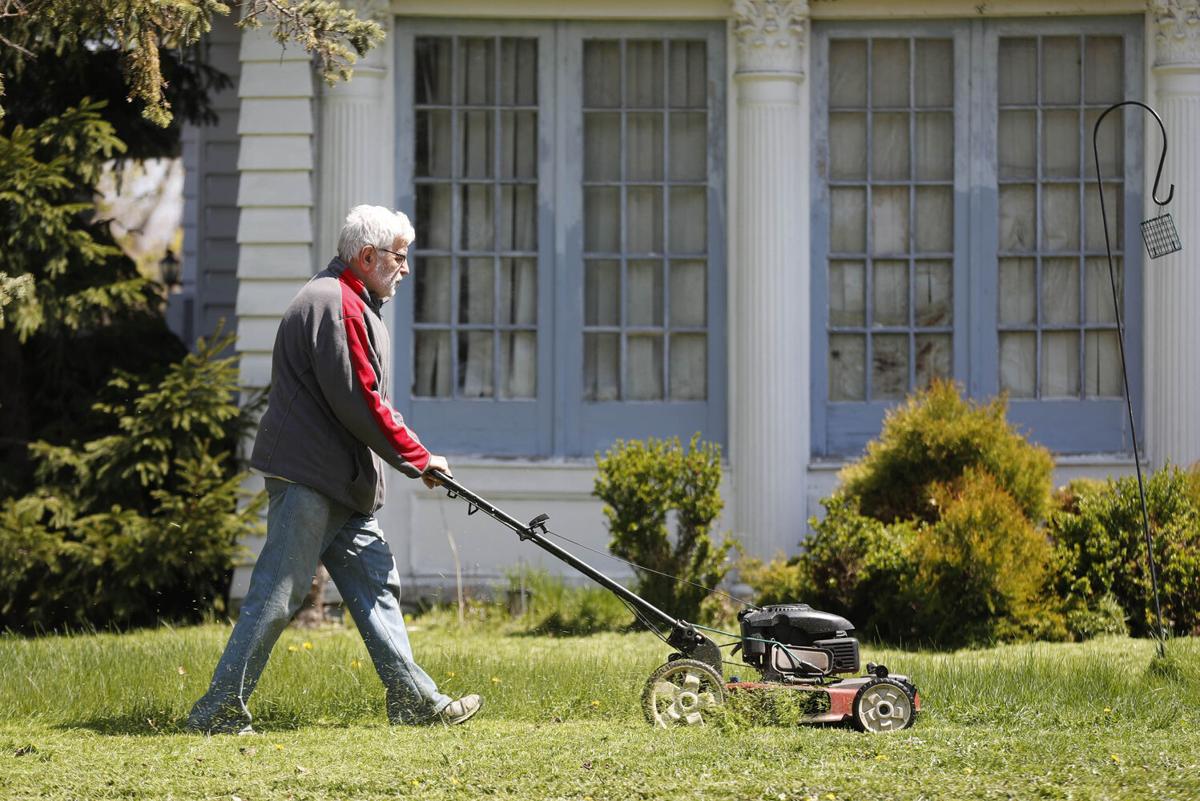
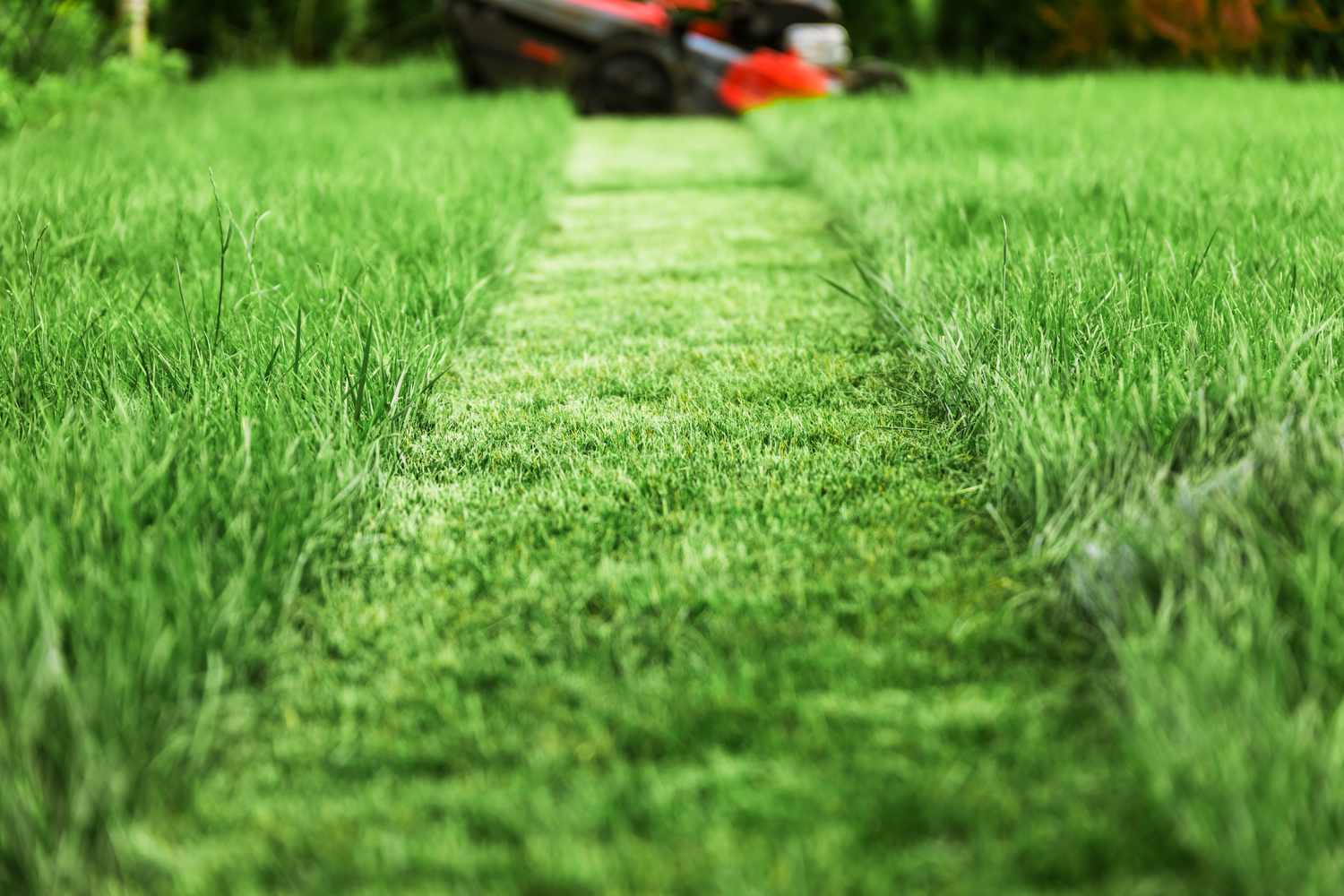

0 thoughts on “How To Clean Grass Clippings After Mowing”